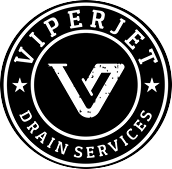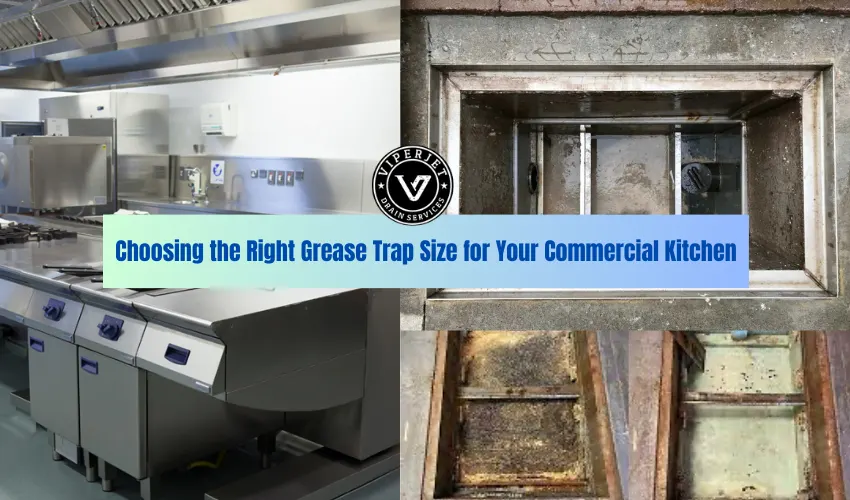Introduction
Grease traps are essential components in commercial kitchens, designed to prevent fats, oils, and grease (FOG) from entering the sewer system and causing blockages. However, selecting the correct size grease trap is crucial to ensure effective FOG removal and compliance with local regulations. In this guide, we’ll discuss factors to consider when choosing the right grease trap size for your commercial kitchen.
Understanding Grease Trap Sizing: Grease traps are available in various sizes, typically measured in gallons or pounds of FOG capacity. The size of a grease trap is determined by the maximum flow rate of wastewater and the amount of FOG produced by the kitchen’s operations. Larger kitchens with higher volumes of cooking oil and food waste require larger grease traps to accommodate the increased FOG load.
Assessing Kitchen Flow Rate: The first step in selecting the right grease trap size is to assess the flow rate of wastewater from your commercial kitchen. This involves calculating the total volume of water discharged from sinks, dishwashers, and other kitchen fixtures during peak operating hours. A licensed plumber can help accurately measure the flow rate and recommend an appropriate grease trap size based on this data.
Estimating FOG Production: In addition to flow rate, it’s essential to estimate the amount of FOG produced by your kitchen’s cooking activities. This includes the volume of cooking oil used, the types of food prepared, and the cooking methods employed. Grease traps are sized based on the anticipated FOG load, ensuring efficient removal of grease from wastewater before it enters the sewer system.
Local Regulations and Requirements: Before purchasing a grease trap, it’s crucial to research local regulations and requirements governing grease trap sizing and installation. Municipalities may have specific guidelines regarding grease trap capacity based on the type and size of the establishment. Failure to comply with these regulations can result in fines and penalties, so it’s essential to consult with local authorities or a licensed plumber to ensure compliance.
Types of Grease Traps: Grease traps come in various configurations, including gravity, automatic, and passive systems. The type of grease trap you choose will impact its size requirements and effectiveness in capturing FOG. Gravity grease traps rely on gravity to separate FOG from wastewater, while automatic systems use mechanical devices to remove grease automatically. Passive grease traps use baffles and screens to trap FOG, requiring regular manual maintenance.
Calculating Grease Trap Size: Once you have gathered data on flow rate, FOG production, and local regulations, you can calculate the appropriate size grease trap for your commercial kitchen. This involves considering factors such as retention time, which is the amount of time wastewater remains in the grease trap for FOG separation. A licensed plumber can perform detailed calculations to determine the ideal size grease trap for your specific needs.
Consulting with a Professional: Choosing the right grease trap size is a complex process that requires careful consideration of various factors. Consulting with a licensed plumber or grease trap specialist is highly recommended to ensure accurate sizing and compliance with regulations. A professional can assess your kitchen’s requirements, recommend suitable grease trap options, and oversee proper installation to ensure optimal performance.
Conclusion
Selecting the right grease trap size is essential for effective FOG removal and compliance with local regulations in commercial kitchens. By assessing flow rate, estimating FOG production, and considering local requirements, you can determine the ideal size grease trap for your specific needs. Consulting with a licensed plumber or grease trap specialist is crucial to ensure accurate sizing and proper installation, ultimately promoting efficient wastewater management and environmental protection.

